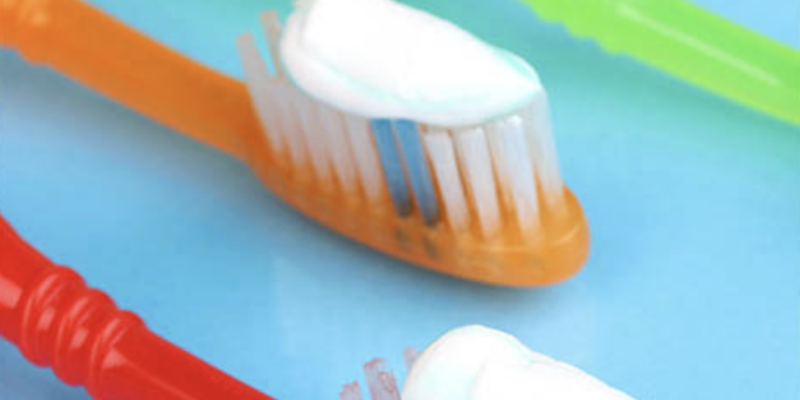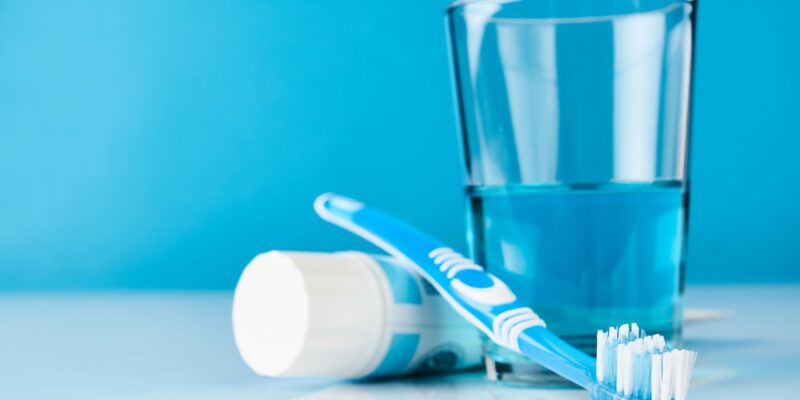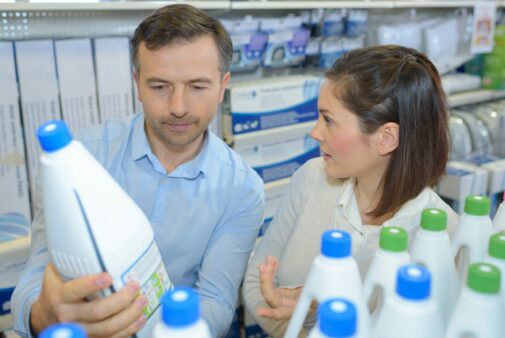Key Points/Overview
Many municipal water systems add fluoride to the local drinking water supply. This process, known as community fluoridation, has been named as one of the 10 great public health achievements of the 20th century by the CDC.
Fluoride is added to public water systems and toothpaste to help fight against tooth decay by making tooth enamel stronger and replacing essential minerals that are lost in teeth that have started to decay.
Fluorinated water supplies and toothpaste are so effective that that they have been credited as part of the reason for the dramatic drop in tooth decay and cavity occurrence over the past 50 years.
The EPA determines standards for drinking water safety, including those for fluoride. Toothpastes and other dental products such as mouthwash that have fluoride as an ingredient to prevent tooth decay are regulated by the FDA.
Uses & Benefits
Many municipal water systems add fluoride to the local drinking water supply. This process, known as community fluoridation, has been named as one of the 10 great public health achievements of the 20th century by the CDC.

Fluoride is added to public water systems and toothpaste to help fight against tooth decay by making tooth enamel stronger and replacing essential minerals that are lost in teeth that have started to decay.
Fluorinated water supplies and toothpaste are so effective that that they have been credited as part of the reason for the dramatic drop in tooth decay and cavity occurrence over the past 50 years.

The EPA determines standards for drinking water safety, including those for fluoride. Toothpastes and other dental products such as mouthwash that have fluoride as an ingredient to prevent tooth decay are regulated by the FDA.

Safety Information
According to the CDC, the safety and benefits of fluoride are well documented. For more than 70 years, people in the United States have benefited from drinking water with added fluoride, leading to better dental health. Community water fluoridation is also endorsed by many public health, medical, and dental organizations including the American Dental Association (ADA), American Academy of Pediatrics, U.S. Public Health Service and World Health Organization (WHO).
The U.S. Environmental Protection Agency (EPA) determines standards for drinking water safety, including those for fluoride. Toothpastes, and other dental products such as mouthwash that have fluoride as an ingredient to prevent tooth decay, are regulated by the U.S. Food and Drug Administration. In addition, the ADA offers a certification that toothpastes are safe and effective.
Fluoride-containing products should be used as directed. The CDC recommends that very young children (under age 6) not use fluoride mouth rinse, unless directed to do so by a dentist or doctor.


